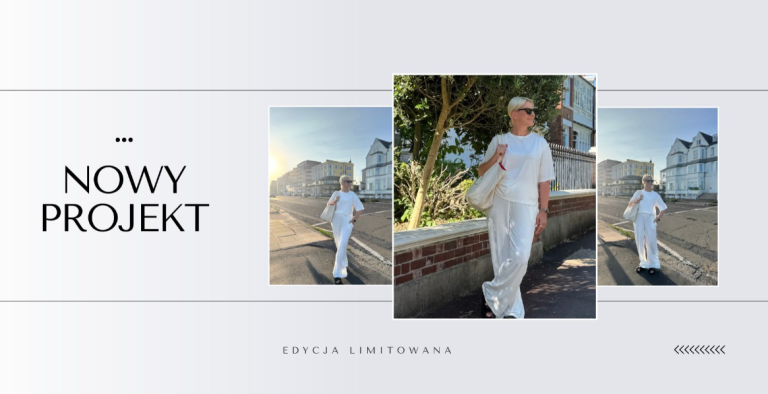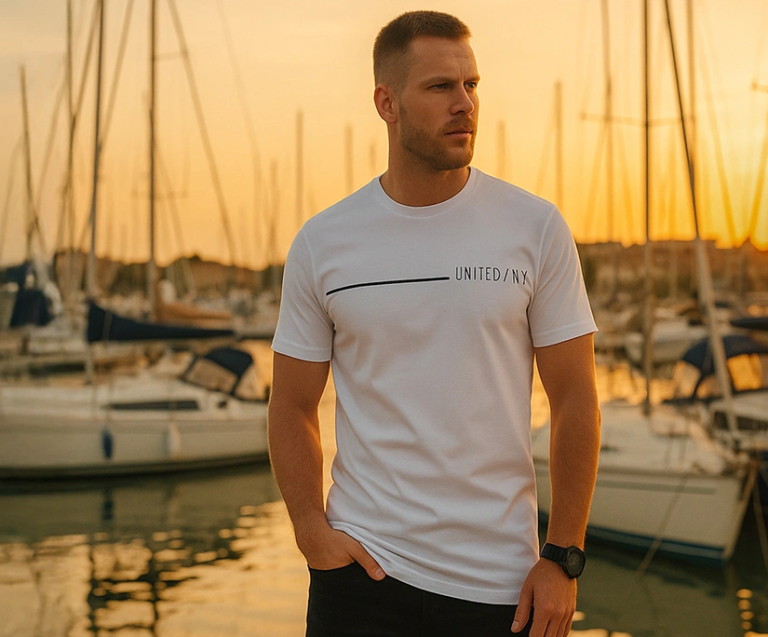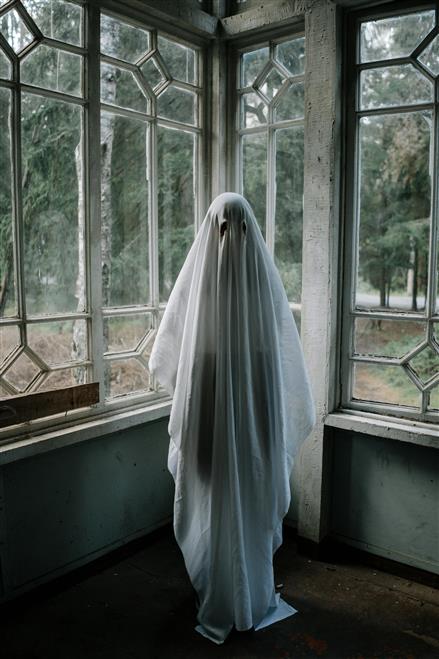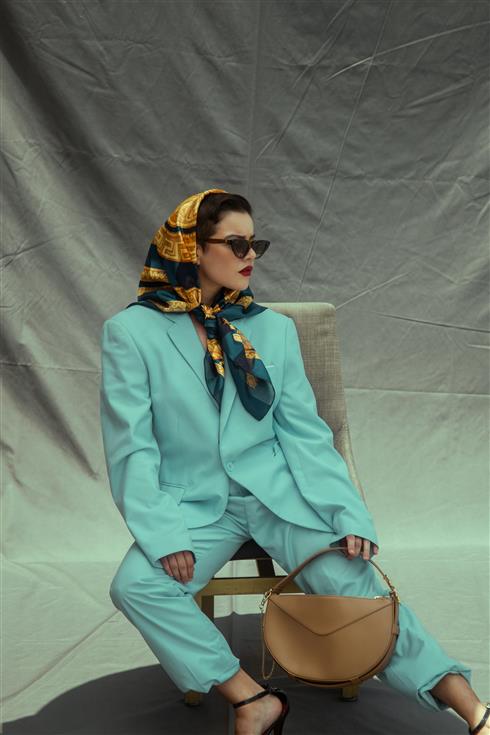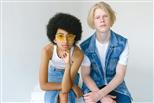
The early 2000s weren’t that long ago—unless you ask Gen Z. For them, low-rise jeans, flip phones, butterfly clips, and bedazzled everything feel like relics of a past both oddly familiar and completely new. Over the past few years, the Y2K aesthetic has returned to the cultural spotlight in a way no one fully expected. But what’s behind this seemingly sudden wave of nostalgia for an era that, until recently, was widely mocked for its questionable fashion choices?
It’s not just about wearing velour tracksuits and posting blurry mirror selfies with digital cameras. The Y2K revival is deeply rooted in cultural mood shifts, a desire for escapism, and a growing preference for styles that don’t take themselves too seriously. Here’s why Gen Z is bringing the 2000s back—and what it says about the current moment.
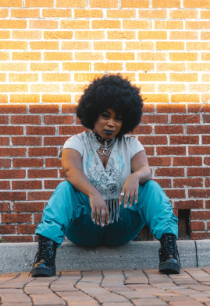
Fashion: Playful, Loud, and Proudly Maximalist
After a decade dominated by normcore, minimalism, and “quiet luxury,” the pendulum has swung in the opposite direction. Y2K fashion embraces the extra—the shiny, the tiny, the low-rise, the unfiltered.
Think slinky halter tops, rhinestone-covered accessories, baggy cargo pants, mini skirts, and chunky sneakers. Gen Z didn’t grow up with these items as everyday staples, so there’s novelty in adopting them now. But they’re not replicating the 2000s exactly—they’re remixing it. While early-aughts fashion often catered to a narrow beauty standard and a hyper-feminized gaze, today’s version is more inclusive, gender-fluid, and self-aware.
Thrift stores and vintage shops have become treasure troves for Y2K gold. Influencers scour eBay for rare Juicy Couture sets or original Ed Hardy tees. TikTok is filled with tutorials on how to style a trucker hat or get that Paris Hilton flip hairstyle. For Gen Z, these choices aren’t ironic—they’re expressive. They’re a break from the polished, curated feed aesthetic that dominated the 2010s.
Aesthetic Rebellion: Anti-Perfection in a Filtered World
There’s something oddly refreshing about embracing an era where fashion wasn’t always flattering and photos weren’t edited to perfection. The grainy, low-quality vibe of early 2000s digital cameras offers a kind of freedom from the high-resolution, face-tuned, carefully lit pressure of today’s social media.
Flip phones are having a moment, not for functionality, but as a rejection of constant connectivity. Blurry photo dumps on Instagram now compete with professional-looking images. The point is to be raw, in-the-moment, and a little messy. It’s a visual rebellion against the polished veneer of influencer culture.
This aesthetic isn’t just a look—it’s a mood. Gen Z is gravitating toward the playful absurdity of the Y2K years as a way to lighten the heaviness of the past few years. In a world filled with climate anxiety, political instability, and economic pressure, dressing like it’s 2002 offers a temporary mental break.
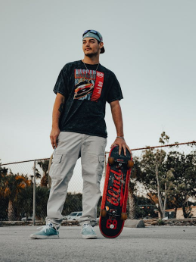
Pop Culture: Revisiting Icons With New Eyes
Britney Spears, Lindsay Lohan, Paris Hilton, and the Olsen twins were once tabloid punching bags. Now, Gen Z is revisiting their stories with more empathy and nuance. There’s a growing awareness of how cruel the media—and society—was to young women in the 2000s. Documentaries like Framing Britney Spears have reshaped public understanding of that time, revealing the toxicity behind the glitz.
Rather than mocking the past, Gen Z is reclaiming it. They celebrate these figures not as style inspirations alone, but as survivors of an unforgiving era. The nostalgia comes with a layer of reflection, making it more than surface-level aesthetic mimicry.
Meanwhile, movies like Mean Girls, Legally Blonde, and 13 Going on 30 are being rediscovered not just for the outfits, but for their camp, wit, and charm. Watching them now feels like a time capsule into a world that was simpler—or at least seemed to be.
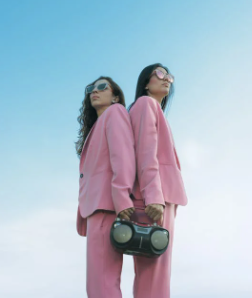
Music: A Sonic Flashback With a Modern Twist
From Olivia Rodrigo’s Guts channeling pop-punk angst to Doja Cat and Charli XCX’s 2000s-inspired visuals, the music industry is also tapping into the Y2K revival. Even the resurgence of genres like pop-punk and electroclash feels intentional—loud, fun, and defiant.
Remixes of Destiny’s Child, early 2000s Usher, or remakes of Timbaland beats are now common on playlists and TikTok edits. There’s a clear appetite for the bold, danceable, and sometimes cheesy vibe that defined early-2000s pop. It’s a nostalgia that doesn’t ask to be taken seriously—and that’s part of the charm.
Technology and Design: Pixelated Chic
Even digital aesthetics have gone retro. Websites mimicking the look of old MySpace pages or MSN Messenger windows are trending. Filters that add VHS static, Windows 98 graphics, or early webcam grain are all over social media.
Why? Because Gen Z didn’t grow up coding HTML for their MySpace profiles or sending cryptic AIM away messages. They’re curious about a time before the internet became a sleek surveillance machine. The aesthetic of older tech—bulky monitors, translucent iMacs, neon MP3 players—represents a more innocent, less invasive era.
And let’s face it: pixel art, clunky fonts, and glitter graphics are kind of fun again.
What This Revival Really Reflects
Underneath the bucket hats and body glitter, the Y2K revival reveals something deeper about today’s youth: a craving for color, humor, and imperfection in a hyper-controlled world. It’s not just about escapism. It’s also about rewriting the narrative. Gen Z is remixing the 2000s on their own terms, making it more inclusive, more ironic, and far more self-aware.
They’re not trying to bring the past back—they’re trying to make sense of it. And maybe even have a little fun with it along the way.
So if you’re wondering why someone’s rocking a bedazzled belt or carrying a Hello Kitty flip phone, don’t assume it’s just a trend. It might be a statement: about joy, about individuality, or just about needing a break from all the pressure to be polished.
In a culture that often feels overwhelming, maybe looking a little ridiculous isn’t such a bad thing.
